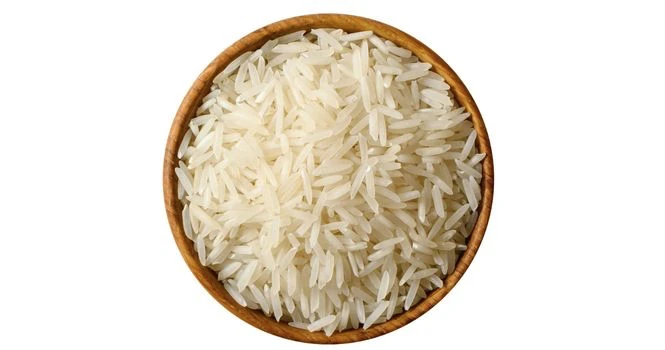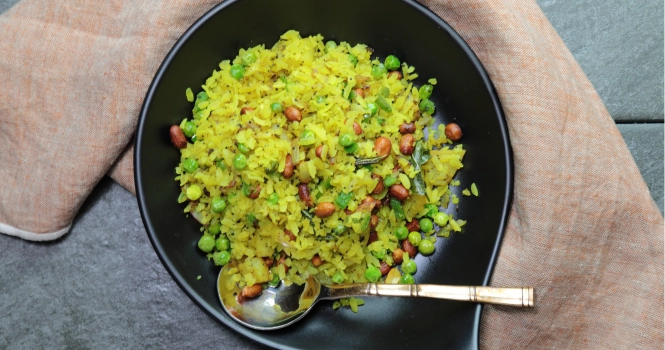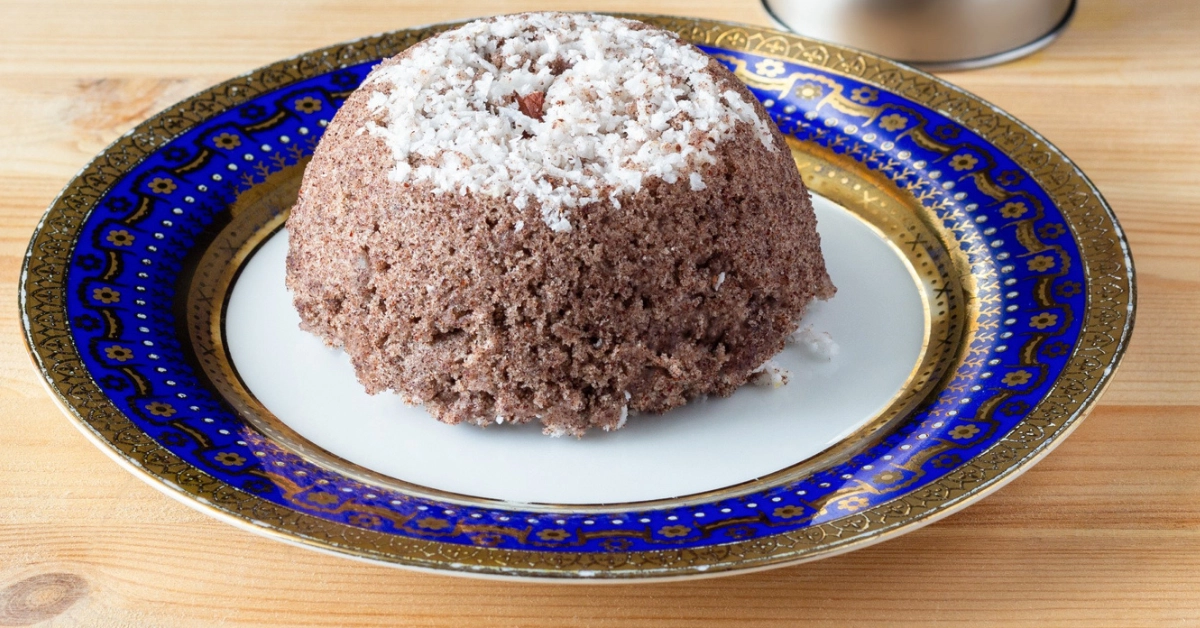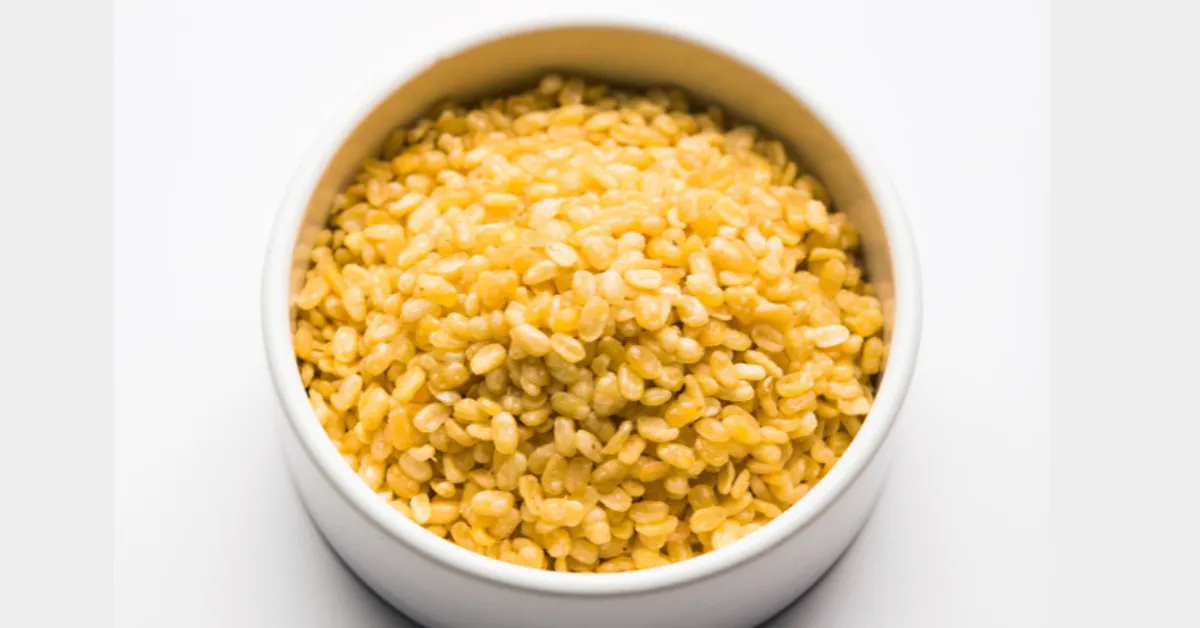Exploring Basmati Rice: Health Benefits, Nutritional Profile, and Culinary Uses

Basmati rice, a long-grained aromatic variety, is one of the world’s most treasured grains. Revered for its delicate texture, fragrant aroma, and distinct flavor, it holds a special place in the culinary world.
This slender, fluffy rice that elongates rather than expands in width when cooked is particularly beloved in Indian and Pakistani cuisines. Its rich and unique attributes render it unmatched in appeal, thus making it a prime component of various delicious recipes across the globe.
The Origin and History
Basmati rice is deeply intertwined with the culture and history of the Indian subcontinent, specifically the regions of India and Pakistan.
Geographical Origin of Basmati Rice
The word ‘Basmati’ originates from the Sanskrit word ‘Vasmati’, which means ‘fragrant’ or ‘aromatic’. This fragrant rice is indigenous to the Indian subcontinent, specifically the foothills of the Himalayan region.
The fertile alluvial soil, clean air, and pure water from the snow-fed rivers in this region provide an ideal environment for the cultivation of this unique rice.
Traditionally, Basmati rice was mainly cultivated in the Indian regions of Punjab, Haryana, Himachal Pradesh, Delhi, Uttarakhand, and parts of western Uttar Pradesh, and in the Pakistani Punjab.
Today, it’s also grown in the US and other parts of the world, although Indian and Pakistani varieties are often considered superior due to the unique geographical and climatic conditions of their native regions.
Historical Significance of Basmati Rice
Basmati rice has a long and illustrious history that dates back to ancient times. Historical records suggest that Basmati rice was cultivated in the Indian subcontinent as early as 2000 BCE.
It has been mentioned in ancient Indian texts, including the ‘Charaka Samhita’, a seminal text on Ayurveda (the traditional Indian medicinal system), where it was listed as one of the ‘shali‘ or fine rice.
The Cultural Importance of Basmati Rice in Indian and Pakistani Cuisine
Basmati rice is deeply ingrained in the culinary traditions of India and Pakistan. Its delicate aroma and distinct flavor have made it a staple in traditional dishes like biryani, pilaf (pulao), and fried rice.
Basmati rice is also commonly used in sweet dishes like kheer (rice pudding). Its cultural significance goes beyond cuisine, as it is often used in various religious ceremonies and rituals.
In many cultures within the Indian subcontinent, rice is associated with prosperity, fertility, and good health, making Basmati an essential part of life’s various celebrations.
Varieties of Basmati Rice
Basmati rice comes in different varieties, each with its unique properties and uses. The most common types of Basmati rice include white Basmati rice, brown Basmati rice, and Sella or parboiled Basmati rice. Here’s a closer look at these varieties:
White Basmati Rice
White Basmati rice is the most commonly consumed variant of Basmati. It has a distinct aroma and elongates significantly upon cooking. This type of Basmati is milled and polished to remove the outer bran layer, which results in a white, silky texture. It’s light and fluffy when cooked, making it perfect for a variety of dishes, including biryani, pulao, and side dishes.
Brown Basmati Rice
Brown Basmati rice is a whole grain variant of Basmati, meaning the outer bran layer is left intact. Because of this, brown Basmati rice has a slightly chewier texture and nuttier flavor than its white counterpart. It’s considered healthier than white Basmati rice because it contains more fiber, vitamins, and minerals.
The outer bran layer also gives it a lower glycemic index, making it a better option for those monitoring their blood sugar levels.
Sella/Parboiled Basmati Rice
Sella or parboiled Basmati rice is another popular variant. The term “parboiled” refers to the process that this rice undergoes before milling. The rice is soaked, steamed, and dried with the husk, which forces nutrients from the husk into the grain.
The rice is then dehusked, resulting in a yellowish rice grain that is richer in nutrients than white Basmati rice. The parboiling process also makes the rice grains less likely to break during cooking, resulting in firm and separate grains.
Each of these varieties brings something unique to the table, literally and figuratively, and can be chosen based on personal preference, nutritional goals, or the specific requirements of a recipe.
Nutritional Profile of Basmati Rice
Basmati rice is not just known for its aromatic fragrance and distinct flavor but also for its nutritional value.
The nutritional profile of a typical serving of cooked Basmati rice (approximately 1 cup or 158 grams):
Macronutrient Breakdown
- Carbohydrates: Basmati rice is high in carbohydrates, with about 44 grams in a serving. Carbohydrates are the body’s primary source of energy, making Basmati a good energy food.
- Protein: A serving of Basmati rice contains about 4 grams of protein. Although not a high-protein food, it does contribute to the daily protein requirement.
- Fat: Basmati rice is low in fat, with less than 1 gram per serving. This makes it a good choice for low-fat diets.
Micronutrient Content
- Vitamins: Basmati rice contains small amounts of various B vitamins, including thiamin (B1), niacin (B3), and vitamin B6. These vitamins are crucial for energy metabolism.
- Minerals: Basmati rice provides essential minerals such as manganese, selenium, and copper. Manganese is necessary for the metabolism of amino acids, cholesterol, and carbohydrates, while selenium is a powerful antioxidant. Copper plays a key role in the production of red blood cells and maintaining nerve cells and the immune system.
Caloric Content
A serving of cooked Basmati rice provides approximately 210 calories. These calories come mainly from carbohydrates, which provide energy for bodily functions and physical activities.
Glycemic Index and Glycemic Load
The Glycemic Index (GI) of Basmati rice is lower compared to other types of rice. The GI of Basmati rice ranges between 58 to 69, making it a medium-glycemic food. This means it causes a slower rise in blood sugar levels compared to high-GI foods.
The Glycemic Load (GL), which factors in portion size, for a serving of Basmati rice is around 16 to 20, also indicating a moderate effect on blood glucose levels.
Keep in mind, the nutrient content can vary slightly depending on the specific type of Basmati rice (white, brown, or parboiled) and the brand. Cooking methods can also impact the GI and GL values.
To reap the maximum nutritional benefits of Basmati rice, consider pairing it with a variety of other healthy foods like vegetables, lean proteins, and healthy fats.
Health Benefits of Basmati Rice
Basmati rice, like all varieties of rice, is primarily a source of carbohydrates. However, due to its unique characteristics, it also offers several health benefits.
Benefits of its Low to Medium Glycemic Index
Basmati rice has a low to medium glycemic index (GI), which means it doesn’t spike blood sugar levels as quickly as other high-GI foods. Consuming foods with a low to medium GI can help manage blood sugar levels, which is especially beneficial for people with diabetes.
Moreover, these foods can aid in weight management as they promote satiety, helping to curb excessive snacking and overeating.
Role in a Balanced Diet
Basmati rice can play an important role in a balanced diet. The carbohydrates in Basmati rice provide the body with energy needed for various functions. Additionally, it contains important vitamins and minerals such as thiamin, niacin, and copper, which contribute to overall health.
Furthermore, as a gluten-free grain, Basmati rice is a great option for people with celiac disease or those who are sensitive to gluten.
Benefits of Fiber in Brown Basmati Rice
Brown Basmati rice, in particular, offers the additional benefit of dietary fiber due to its intact bran layer. A diet high in fiber can have several health benefits including:
- Digestive health: Fiber adds bulk to the diet and aids in regular bowel movements, helping to prevent constipation and promote overall digestive health.
- Heart health: Dietary fiber, particularly soluble fiber, can help lower the levels of low-density lipoprotein (LDL), or “bad” cholesterol, reducing the risk of heart disease.
- Blood sugar control: The fiber in brown Basmati rice can slow down the absorption of sugar into the bloodstream and thus help control blood sugar levels.
- Weight management: High-fiber foods tend to be more filling, so you’re likely to eat less and stay satisfied longer, which can help with weight management.
These benefits highlight why including Basmati rice, especially the brown variety, can be a valuable part of a healthy eating plan.
As with any food, it’s important to consume Basmati rice as part of a balanced diet and in appropriate portion sizes.
The Potential Risks and Considerations
While Basmati rice offers a host of benefits, there are a few potential risks and considerations to be aware of, from arsenic content to calorie consideration, and the choice between white and brown Basmati rice.
Arsenic Content and How to Mitigate It
Arsenic is a naturally occurring element that is present in the environment, and it can accumulate in certain foods, including rice.
Regular consumption of foods high in arsenic can lead to various health problems over time, such as cancer, heart disease, and neurological issues.
Rice, including Basmati rice, tends to absorb more arsenic from the environment compared to other grains, which can raise concerns. However, there are ways to reduce the arsenic content in rice:
- Rinsing: Rinsing uncooked rice thoroughly under running water can remove some of the surface arsenic.
- Cooking method: Cooking rice in a larger volume of water (six to ten parts water to one part rice) and draining the excess water can significantly reduce arsenic levels.
- Diversifying grains: Consuming a variety of grains (like quinoa, barley, and oats) alongside rice can help lower the overall dietary exposure to arsenic.
Portion Control and Calorie Consideration
While Basmati rice has a medium glycemic index and provides vital nutrients, it’s also high in calories and carbohydrates. If you’re managing your weight or monitoring your blood sugar levels, it’s important to pay attention to portion sizes.
A healthy serving size is usually around half a cup of cooked rice.
White vs. Brown Basmati Rice
When choosing between white and brown Basmati rice, it’s worth noting that brown Basmati rice is more nutrient-dense. It retains its outer bran layer, which contains most of the fiber and a significant portion of the nutrients.
On the other hand, white Basmati rice is milled and polished, removing the bran layer and consequently, most of the fiber and some nutrients.
However, brown Basmati rice has a nuttier taste and chewier texture that some people may not prefer. Furthermore, it takes longer to cook than white Basmati rice.
Culinary Uses of Basmati Rice
Basmati rice is revered in kitchens around the world for its unique characteristics. It has a delicate, floral aroma and light, fluffy texture when cooked, making it a perfect fit for various dishes.
Why It’s Preferred in Certain Dishes
The distinctive aroma and flavor of Basmati rice, combined with its ability to maintain individual, non-sticky grains, makes it an ideal choice for biryanis, pilafs, and other dishes where the rice needs to stand out.
Its delicate flavor complements the rich, aromatic spices commonly used in Indian, Persian, and Middle Eastern cuisine.
For instance, in a biryani, the light, fluffy grains of Basmati rice layer beautifully with the spiced meat or vegetables, enhancing the overall sensory experience of the dish.
How to Cook Basmati Rice
Cooking Basmati rice involves a few key steps for the best results:
- Rinsing: Rinse the rice under cold water until the water runs clear. This removes any surface starch and prevents the grains from sticking together.
- Soaking: For best results, soak the rice in cold water for about 30 minutes before cooking. This helps the grains to expand to their maximum length.
- Cooking Ratio and Time: The general ratio for cooking Basmati rice is 1:1.5 or 1:2 (rice to water), depending on the age of the rice. Cook the rice on low heat, covered, for about 15-20 minutes, until all the water is absorbed. Avoid stirring the rice while it cooks as it can break the grains.
- Resting: After the rice is cooked, let it rest, covered, for about 10 minutes. This allows the moisture to distribute evenly throughout the rice.
Popular Recipes Using Basmati Rice
Basmati rice can be used in a wide range of dishes. Here are some popular recipes:
- Biryani: This is a rich, aromatic Indian dish made by layering spiced meat or vegetables with partially cooked Basmati rice, and then cooking it all together.
- Pilaf (or Pulao): This is a versatile dish where Basmati rice is cooked in a seasoned broth, often with a mix of vegetables or meat.
- Jeera Rice: A simple Indian dish where Basmati rice is cooked with cumin seeds, providing a fragrant and flavorful side dish.
- Fried Rice: Basmati rice can be used to make a lighter version of fried rice, where it’s stir-fried with vegetables, protein, and a mix of sauces.
- Rice Pudding (Kheer): A traditional Indian dessert where Basmati rice is cooked with milk and sugar, often flavored with cardamom, saffron, and nuts.
Regardless of the dish, the unique characteristics of Basmati rice can elevate a meal and provide a satisfying culinary experience.












